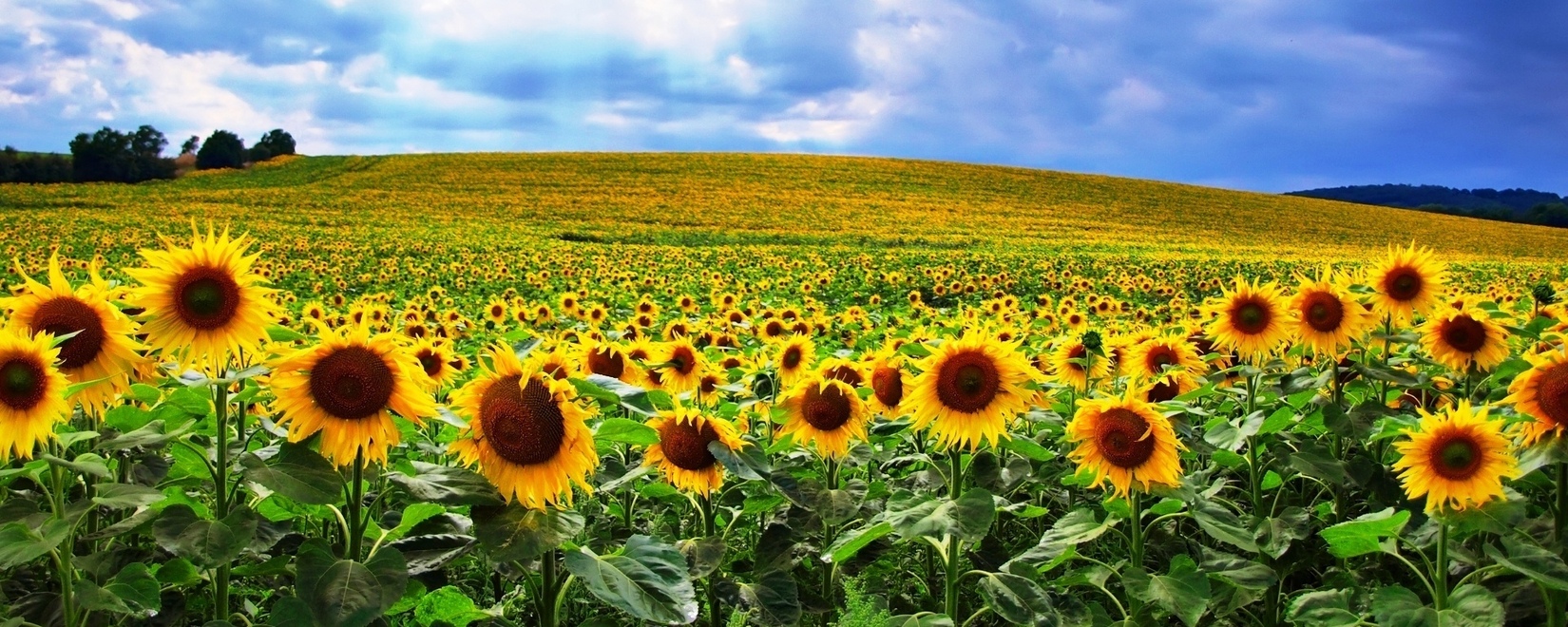Global oilseed production is projected to recover in 2022/23, driven mainly by expected increases in soybean and rapeseed production, which more than offset declines in sunflower seeds and other oilseeds. Despite prospects for a significant decline in Argentina's soybean crop due to poor weather conditions, global soybean production is expected to rebound thanks to a strong crop in Brazil. Global rapeseed production is estimated to reach an all-time high, driven by increased production in Australia, Canada and Europe
On the contrary, global production of sunflower seeds may decline, primarily due to a sharp decline in the crop in Ukraine amid the conflict.
Global food and cake production is forecast to increase while consumption growth may remain subdued, reflecting continued weak demand from the livestock sector, primarily in China, oilworld.ru reports citing the FAO.
As global meal production is forecast to exceed usage, carryover stocks will recover from the previous season. Similarly, fat production is on the rise, supported by strong growth in global palm oil production. World vegetable oil consumption is expected to rise after stagnating for the past two consecutive seasons, broadly linked to expectations of higher food consumption, mainly in Asia, as well as stronger demand from the biodiesel industry for both optional and mandatory blends. .
Residual fat stocks are expected to accumulate moderately as world production is projected to exceed consumption by a small margin.
International trade in both meal and vegetable oils is projected to recover due to a recovery in import demand, which coincides with an improvement in global supplies.
As for the upcoming 2023/24 season, very preliminary forecasts point to continued growth in production across the oilseeds complex. As global oilseed prices remain above the recent average, total planted area is likely to continue to expand, while yields could also increase if there will be no major weather problems. Assuming continued moderate growth in global consumption, expected global supplies should be sufficient to meet projected demand for vegetable oils and meals, and thus further replenishment of stocks of these products can be expected.
Global prices for oilseeds and their derivatives have fallen from a record high in 2022. After hitting record highs in early 2022, global prices for oilseeds and their derivatives fell in the following months, largely due to improved global supplies that coincided with demand rationing. In May 2023, the FAO oilseeds, meal and vegetable oil price indices were respectively 33.2, 10.0 and 48.2 percent below their levels a year earlier, oilworld.ru reports citing the FAO.
The decline in the oilseeds price index was mainly due to the decline in quotations for soybean, rapeseed and sunflower seeds. Global soybean prices fell markedly from their peak in mid-2022 and then fluctuated in a tight range until early 2023. In addition to crop-related impacts, pressure in the United States of America and lower global import demand pushed prices higher selling by farmers from Argentina after two rounds of the soy dollar program, which provided favorable exchange rates for soybean producers. Global soybean prices have continued to decline since March 2023, helped by the prospect of a record crop in Brazil that would more than offset a significant decline in production in Argentina.
Global rapeseed prices have been on a downward trajectory since May 2022, largely reflecting broad global supply associated with abundant production across Australia, Canada and the European Union. Similarly, in the case of sunflower seeds, the decline in global quotations was driven mainly by a strong crop in the Russian Federation, despite markedly lower production in Ukraine due to the conflict.
In contrast to the downward trend in global oilseed prices, global oilseed prices rose markedly in early 2023 after falling from multi-year highs in the second half of
ovine 2022. The recovery was primarily driven by a sharp decline in soybean milling and export supplies from Argentina, the world's leading meal and exporter. However, as global demand for protein meals remained sluggish due to low profit margins in the livestock sector, especially in China, global meal prices have declined in recent months.
For vegetable oils, the FAO Price Index has declined almost continuously since reaching its all-time high in March 2022.
Growing export opportunities following Indonesia's easing of restrictions, coupled with lower global demand amid sharply higher import costs, led to a marked decline in global palm oil prices. Similarly, world prices for rapeseed and sunflower oil have declined, mainly due to abundant global supplies, with the latter
also benefited from the Black Sea Grain Initiative, which allowed Ukraine to resume most of its sunflower oil shipments from its seaports.
For soybean oil, despite continued, strong demand from the United States to support biodiesel production, global prices have declined, mainly due to sluggish global import demand driven by uncompetitive prices relative to other oils. The decline in crude oil prices also contributed to
downward pressure on world vegetable oil prices.

 Trading platform
Trading platform 
 Monitoring
Monitoring  Catalog
Catalog 
 Fork Work
Fork Work 
 Service
Service  News
News  Directory
Directory 
